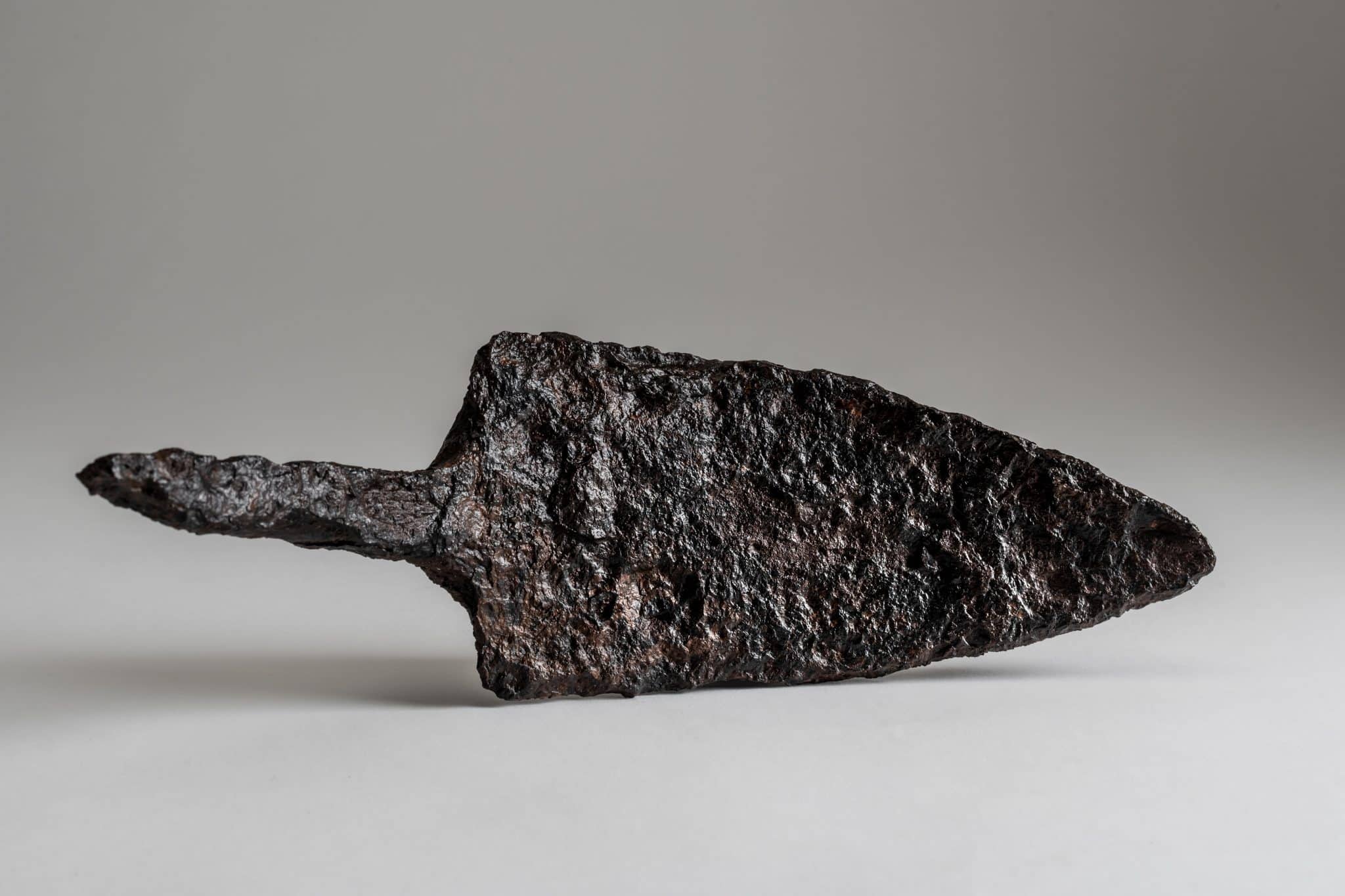
The archaeological collections at the MUSE consist of lithic materials (flint), ceramics, artefacts in bone and horn, decorative-ornamental objects, objets d’art in stone and wood, plant fibres, metal objects, animal bones (meal remains), and anthropological remains. The prehistory laboratory manages around 200 collections, which include finds from Palaeolithic, Mesolithic, Neolithic, Copper Age, Bronze Age, and Iron Age sites, up to the start of Romanisation.
The comparative archaeozoology collection
Among the different categories of materials that make up the MUSE archaeology collections, osteological finds of animal origin are some of the most significant for palaeoecological, palaeoenvironmental, and palaeoeconomic reconstruction. In order to address these specialised studies, the MUSE has, in recent years, endeavoured to build up a comparative osteological collection consisting of both skeletons of wild animals typical of alpine environments and domesticated animals.
Objets d’art
Finds of colouring substances, ornamental objects, works of art, etc., are interpreted as tangible proof of the spirituality of ancient prehistoric peoples. The MUSE collections also include engraved and painted finds; ornamental objects made of bone and antler; flakes of flint with geometric-linear patterns engraved on the cortex; animal figures engraved on bone and stone; stones painted with schematic, zoomorphic and anthropomorphic representations in red ochre; seashells used for ornamental purposes.
Anthropology
Among the various forms of ritual, burials are certainly the most significant expressions of complex human behaviour. One of the most significant features of prehistory is the appearance of deliberate burials. The museum’s anthropology collections include a total of 106 individuals from the Mesolithic to the Middle Ages.